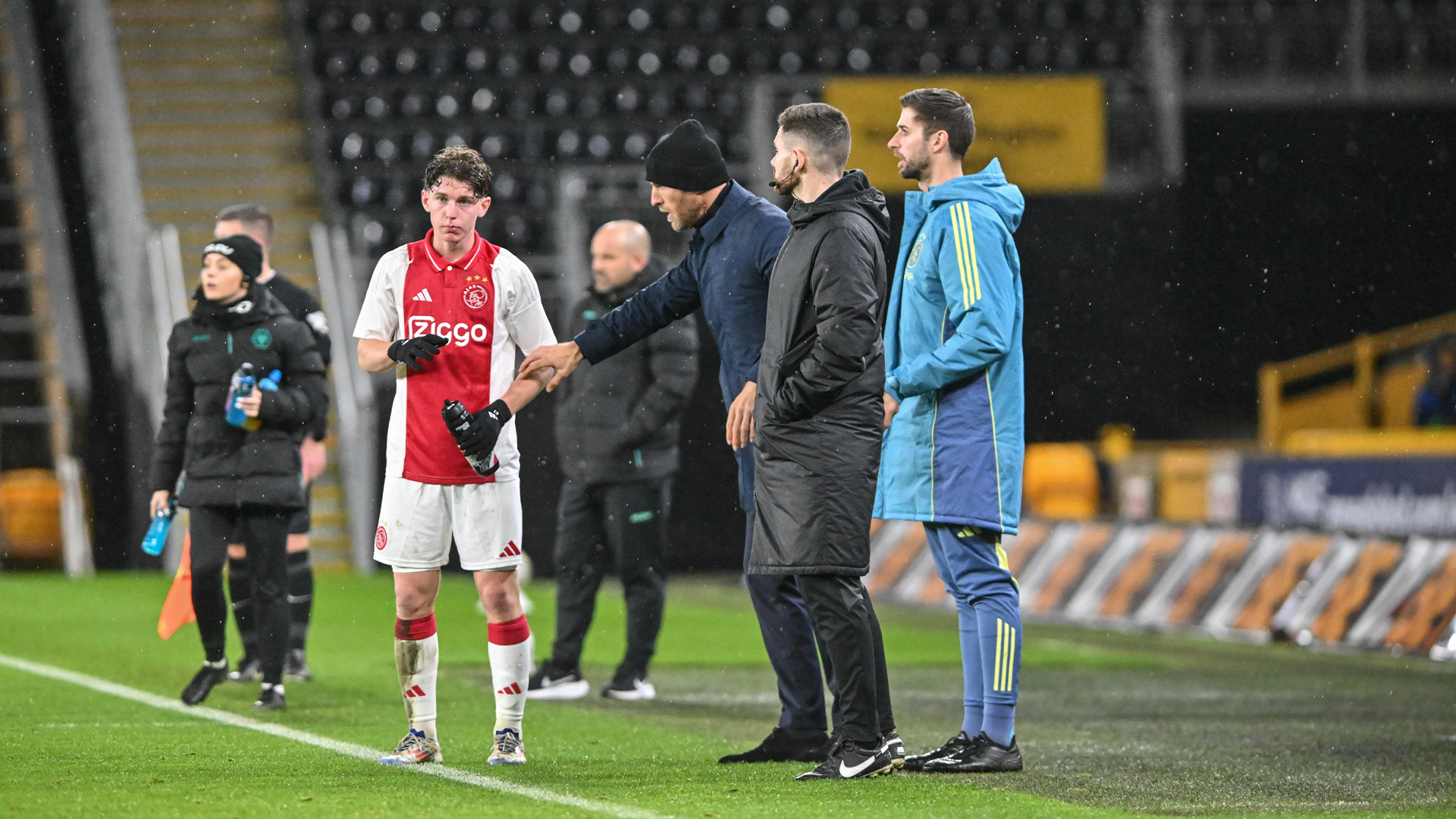The Path for Youth Athletes: Specialization vs. Diversification
/
The Path for Youth Athletes: Specialization vs. Diversification

Imagine your 10-year-old son loves playing football and is already showing outstanding talent. He also enjoys playing tennis, swimming with his friends, and discovering different sports and hobbies. He’s full of energy, always happy, and loves everything he does. One day, he is selected by a professional football team. The coach is impressed but advises: “If your son wants to reach the top, he needs to focus solely on football. Other sports and activities can only distract him.”
What would you choose?
- Support the path of specialization, hoping it will lead to a professional career?
- Or encourage him to continue discovering other sports and hobbies and prioritize his happiness and overall development?
This is a decision that many parents face. The question raised is whether early sport specialization (ESS) is the best way to success, and at what risks. Or could an alternative path, for example through diversification, be a healthier route to achieving success?
Youth sports are experiencing a shift due to the rising admiration for successful athletes, who receive more and more recognition and financial rewards for their achievements (Jayanthi et al., 2013). This has led to a rise in ESS, but is this the best way to develop youth athletes? ESS has been defined as an intense year-round training in a specific sport with the exclusion of other sports at a young age (Ferguson & Stern, 2014). Thoughts are that ESS could provide an accelerated pathway to elite performance by maximizing sport-specific skill development and competitive opportunities. The “10,000-hour rule”, states that 10,000 hours of focused practice in a single sport can result to high-level skills (Jayanthi et al., 2013). This theory highlights the importance of focused practice, especially in highly technical sports or those with an early peak performance age, such as gymnastics and figure skating. However, there is no proof that ESS is necessary for athletic success in many other sports (Popkin et al., 2019). Even if ESS may help in the development of discipline, punctuality, and respect, concerns have been expressed about potential negative effects on children’s physical and psychological health. According to research, ESS increases the risk of overuse injuries, psychological fatigue, burnout, and dropout (Jayanthi et al., 2013; Popkin et al., 2019). Furthermore, it may lead to social isolation by reducing interactions outside of sport, thereby limiting opportunities for interpersonal growth.

Diversification is an alternative approach that stimulates participation in multiple sports with a focus on playing and fun rather than structured practice (Caruso, 2013). Early diversification among athletes is associated with lower dropout rates from sports, most likely as a result of a decreased risk of burnout and a more positive overall experience of the sport (Brenner, 2016; Caruso, 2013; Popkin et al., 2019). As athletes participate in more social settings and are more often surrounded by peers, diversification also reduces the risk of social isolation. This can stimulate interpersonal growth and behavioural development, leading to gradual independence (Brenner, 2016; Popkin et al., 2019).
Another benefit of diversification is that it allows athletes to transfer cognitive and physical skills learned from one sport to another. For example, hand-eye coordination developed in tennis can translate to better bat control and reaction time in baseball when hitting a pitched ball. This demonstrates that diversification promotes broader development, which may play an important role in the long-term success of elite athletes. Even if ESS is thought to be the most effective way to succeed, is it fair to put a 10-year-old under so much pressure and high expectations? Have we (parents and/or coaches) thought about the emotional consequences of placing the weight of professional dreams on a child’s shoulders, and is this in their best interest?
Research has shown that only a few young athletes reach the level of elite or professional play. Less than 1% of young athletes between 6 and 17 years old achieve this level (Jayanthi et al., 2013). Despite the low chances, almost half of the parents expected their child to play at the college or professional level and 57% of these parents encouraged their child to focus on a single sport (Padaki et al., 2017). In line with this, Jayanthi et al. (2013) found that parents have a strong influence on their child’s choice of sport, while coaches have the greatest influence on decisions to specialize and engage in intense training. This mismatch between the high expectations of parents and/or coaches and the low chances of success can lead to children experiencing a high amount of pressure, leading to psychological stress and an increased risk of early dropout. The high demands of ESS in combination with intense training can result in high physical and mental fatigue, performance pressure, and an imbalance between social life and sport. These factors together can reduce their enjoyment of the sport. Enjoyment of the sport, combined with intrinsic motivation and a supportive environment, can help reduce dropout rates and lead to sustained participation and success in sports.
This may make it seem that all youth athletes who choose ESS lack enjoyment and fun, but this is not the case. Many athletes love their sport so much that they only want to play one sport. For example, I worked with a football player at a professional football club who called me during his holiday, saying he was so bored and missed football so much that he asked if he could come to the club to train with me.

Guillaume Elmont, a psychologist at AFC Ajax and a former elite judo athlete, agrees that ESS does not necessarily results to a lack of enjoyment or fun. He also acknowledges that ESS can offer advantages, particularly in more technical sports or for mastering complex skills. To achieve this, it is important that children do not feel pressured by their parents or coaches and have the freedom to play the sport—or multiple sports—that they enjoy. Elmont has seen many examples of athletes being forced into ESS and strict and intense training schedules, which eventually led to burnout.
This does not necessarily mean that parents should never encourage their children to continue participating in their sport. As Elmont has observed, during puberty, young athletes may experience a kind of identity crisis where they begin to doubt many things, including their sport, and explore different interests. At this time, it can sometimes be beneficial for parents to guide or even push their children to stay engaged in their sport, with the goal of helping them maintain stability and focus while they go through this period of self-discovery.
So, what is the best path for youth athletes? This remains a difficult question to answer, as there is no one-size-fits-all solution and the discussion between specialization and diversification in youth sports is complex. Both specialization and diversification have their pros and cons, and the best choice depends on the youth athlete. For athletes passionate about one sport, specialization can be beneficial, helping them master complex technical skills while developing discipline, punctuality, and respect. On the other hand, diversification offers a chance to develop a wide range of skills, with the transfer of cognitive and physical abilities from one sport to another and the stimulating of personal growth. Parents and coaches play an essential role to guide youth athletes. They should create a supportive environment where the child’s well-being is the main priority. Too much pressure should be avoided, and the focus should be on having fun and encouraging a love for the sport. In my opinion, the best path for a young athlete is one that prioritizes their happiness, overall well-being, and enjoyment of the sport or sports.
References:
Brenner, J. S. (2016). Sports Specialization and Intensive Training in Young Athletes. Pediatrics, 138(3), e20162148. https://doi.org/10.1542/peds.2016-2148
Caruso, T. (2013). Early Sport Specialisation Versus Diversification in Youth Athletes. NSCA Coach, 2(4).
Ferguson, B., & Stern, P. J. (2014). A case of early sports specialization in an adolescent athlete. The Journal of the Canadian Chiropractic Association, 58(4), 377–383.
Jayanthi, N., Pinkham, C., Dugas, L., Patrick, B., & LaBella, C. (2013). Sports Specialization in Young Athletes: Evidence-Based Recommendations. Sports Health: A Multidisciplinary Approach, 5(3), 251–257. https://doi.org/10.1177/1941738112464626
Padaki, A. S., Popkin, C. A., Hodgins, J. L., Kovacevic, D., Lynch, T. S., & Ahmad, C. S. (2017). Factors That Drive Youth Specialization. Sports Health: A Multidisciplinary Approach, 9(6), 532–536. https://doi.org/10.1177/1941738117734149
Popkin, C. A., Bayomy, A. F., & Ahmad, C. S. (2019). Early Sport Specialization. Journal of the American Academy of Orthopaedic Surgeons, 27(22), e995–e1000. https://doi.org/10.5435/JAAOS-D-18-00187
Contact Information
Have questions or need expert guidance? Get in touch and let’s work together to elevate your performance!
Contact
- (+31) 6 138 569 83
- info@timvanhoorn.blog
- Groningen, The Netherlands
© 2025 Tim van Hoorn • All Rights Reserved

